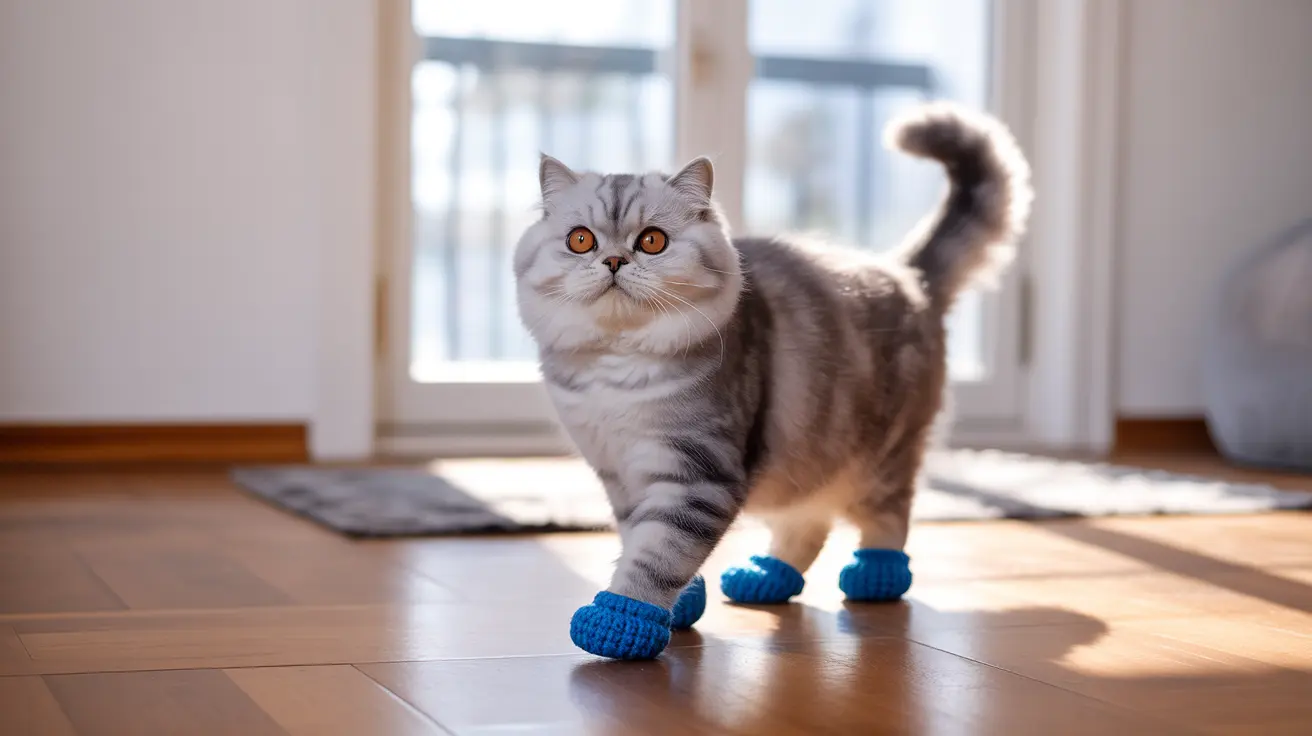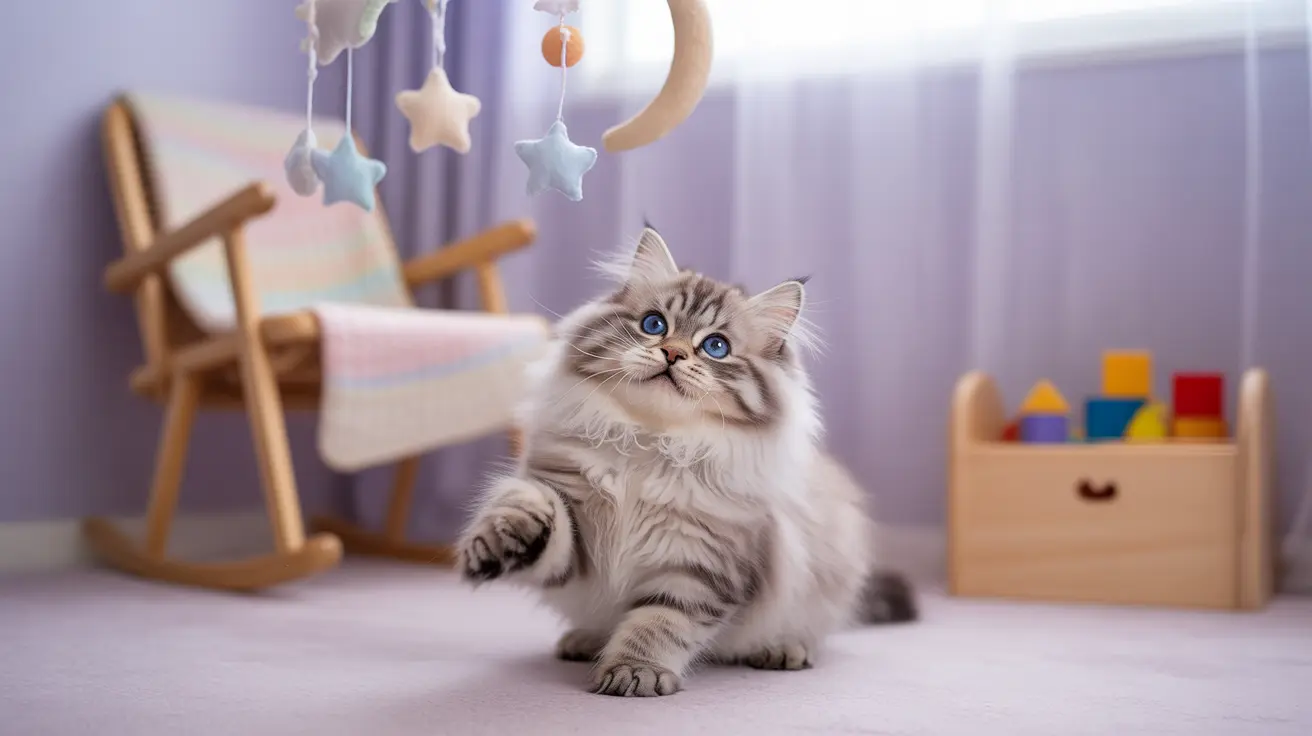Introduction
Cat booties have become an increasingly popular solution for pet owners looking to protect both their cats and their homes. These specialized paw coverings serve multiple purposes, from preventing unwanted scratching to protecting healing wounds and providing barrier protection against harsh environmental conditions. Whether you're dealing with post-surgical care or trying to preserve your furniture, understanding the proper use and benefits of cat booties can make a significant difference in your pet care routine.
In this comprehensive guide, we'll explore everything you need to know about cat booties, including their various types, proper usage, and how to choose the right ones for your feline friend. We'll also address common concerns and provide expert-backed advice on making the transition as smooth as possible for your cat.
Understanding Cat Booties and Their Benefits
Cat booties are specially designed protective coverings that fit over a cat's paws, offering multiple advantages for both cats and their owners. These practical accessories can be particularly valuable during specific situations, such as post-surgical recovery periods or when protecting furniture from scratching damage.
The primary benefits of cat booties include:
- Protection from self-inflicted scratching or wound interference
- Prevention of furniture and household item damage
- Barrier protection against outdoor elements
- Support during medical recovery
- Alternative to more invasive solutions like declawing
Choosing the Right Cat Booties
When selecting cat booties, several crucial factors deserve consideration:
- Material quality and breathability
- Secure fastening mechanisms
- Proper sizing and fit
- Durability and washing requirements
- Non-slip features for indoor use
The most effective cat booties typically feature adjustable straps or velcro closures, breathable materials, and non-slip soles. Premium options often incorporate additional features like waterproof materials or extra padding for comfort.
Proper Usage and Safety Guidelines
While cat booties can be highly effective, proper usage is crucial for your cat's safety and comfort. Never leave booties on for extended periods without supervision. Monitor your cat's behavior and check their paws regularly for any signs of irritation or discomfort.
Key safety considerations include:
- Limiting wear time to necessary periods only
- Regular inspection of paws for signs of rubbing or irritation
- Ensuring proper fit to prevent circulation issues
- Supervising your cat during initial use
- Gradually introducing booties with positive reinforcement
Training Your Cat to Accept Booties
Most cats require time and patience to adjust to wearing booties. Start with short periods and use treats and praise to create positive associations. Some cats may adapt quickly, while others might need several weeks of gradual introduction.
Effective training tips include:
- Starting with one bootie at a time
- Using high-value treats during fitting and wearing
- Keeping initial sessions brief and positive
- Gradually increasing wear time as tolerance improves
Alternative Solutions and Complementary Approaches
While cat booties can be effective, they work best as part of a comprehensive approach to managing scratching behavior. Consider combining bootie use with:
- Multiple scratching posts in strategic locations
- Positive reinforcement training
- Environmental enrichment
- Regular nail trimming
- Natural deterrent sprays in problem areas
Frequently Asked Questions
How do cat booties help prevent my cat from scratching furniture, people, or itself?
Cat booties create a physical barrier between your cat's claws and potential scratching targets. The soft covering prevents claws from making contact with surfaces, effectively stopping damage while allowing natural scratching motions.
What are the best cat booties for protecting my cat's paws during recovery from surgery or injury?
Look for booties with secure fastening mechanisms, breathable materials, and non-slip soles. Medical-grade options often feature additional padding and waterproof materials for wound protection. Consult your veterinarian for specific recommendations based on your cat's condition.
Can I leave cat booties on my cat all day, or are they meant for short-term use only?
Cat booties should only be used for short periods under supervision. Extended wear can cause discomfort, skin irritation, and potential circulation issues. Remove booties regularly to check paw condition and allow natural movement.
How do I choose the right size and fit for cat booties to ensure my cat's comfort and safety?
Measure your cat's paws carefully, following manufacturer sizing guidelines. Booties should be snug but not tight, with enough room for natural movement. Look for adjustable features like velcro straps to customize the fit.
Are there alternatives to cat booties for managing scratching, and which methods are most effective?
Yes, alternatives include scratching posts, deterrent sprays, nail caps, regular nail trimming, and behavioral training. The most effective approach often combines multiple methods tailored to your cat's preferences and needs.
Conclusion
Cat booties can be a valuable tool in your pet care arsenal, particularly for specific situations like medical recovery or temporary scratching management. While they require patience and proper introduction, the benefits can significantly outweigh the initial adjustment period. Remember to use them as part of a broader approach to cat care and always prioritize your pet's comfort and safety.






